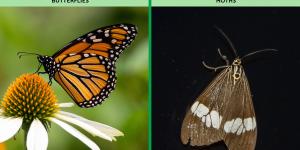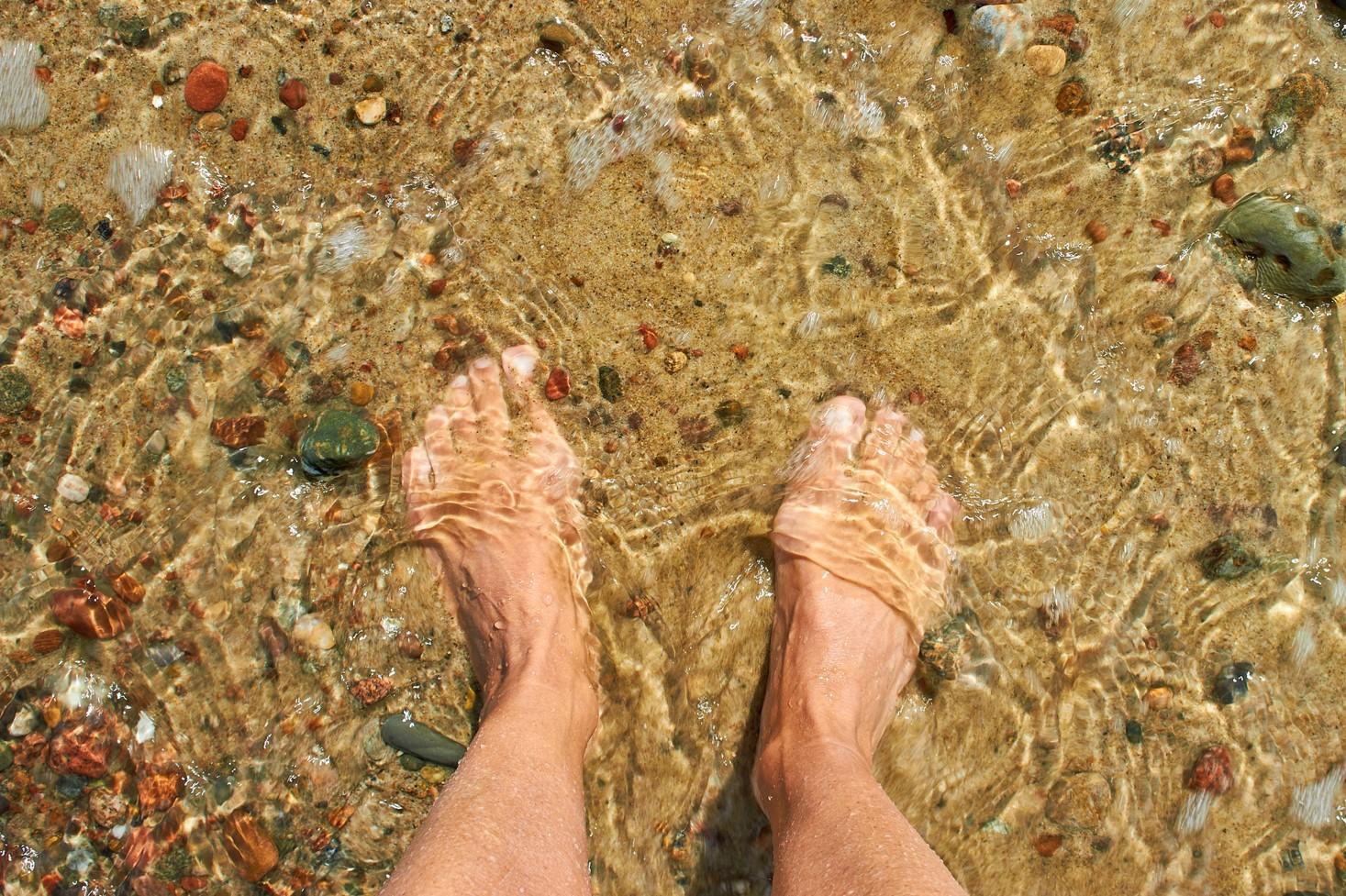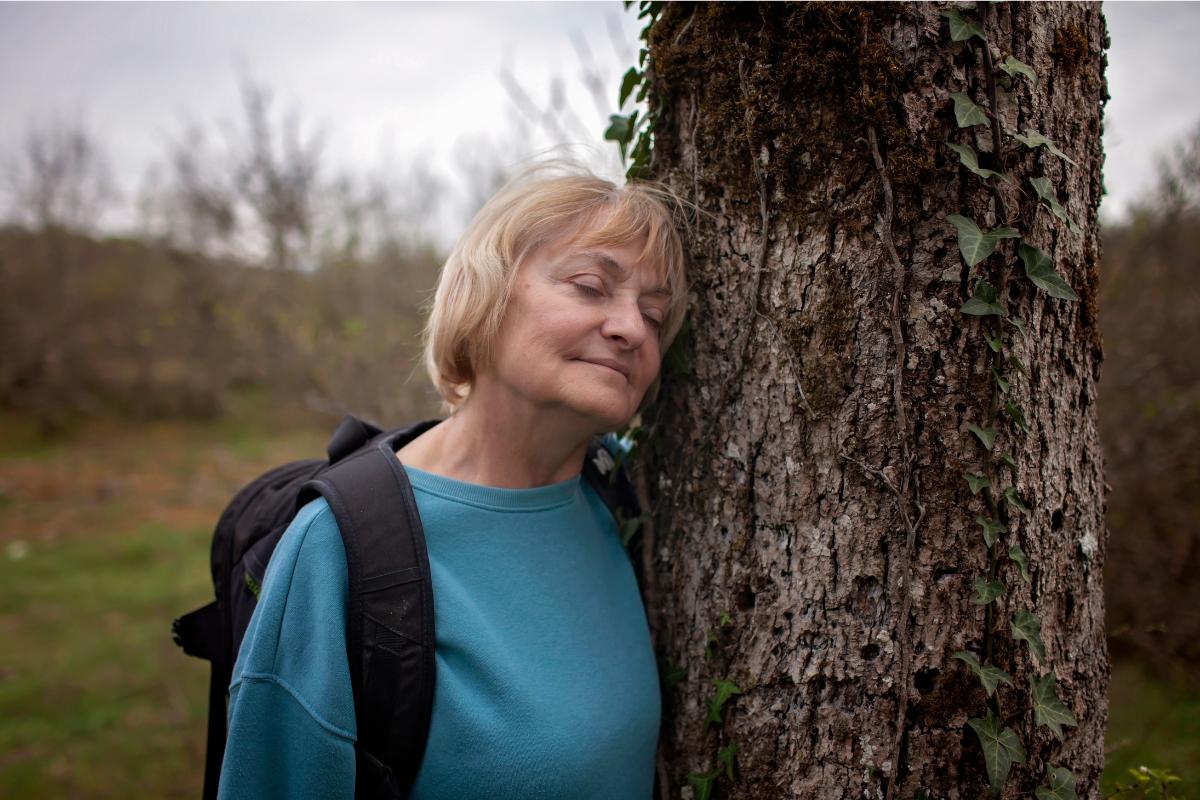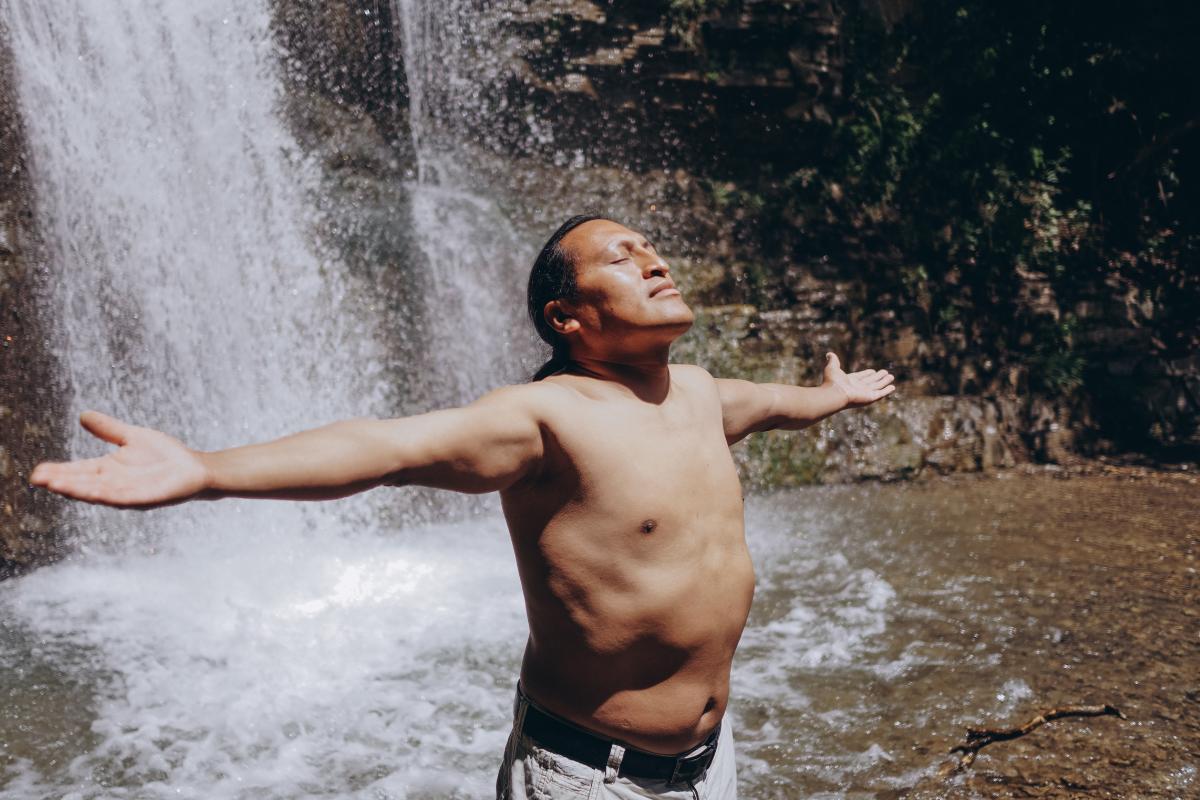What Is Ecotherapy?


In today’s fast-paced world, reconnecting with nature offers a powerful remedy for stress and mental fatigue. Ecotherapy, also known as nature therapy, is a therapeutic approach that uses the natural environment to promote physical and emotional well-being. From forest walks to gardening, this practice taps into the restorative power of nature to reduce anxiety, improve mood, and enhance overall health.
In this article by thedailyECO, we’ll explore what ecotherapy is, its proven benefits, the various techniques you can try, and how to get started on your journey toward a healthier, nature-connected lifestyle.
What is Ecotherapy?
Ecotherapy connects mental health treatment with the natural environment. This therapeutic approach uses structured outdoor activities to improve psychological well-being. Unlike traditional therapy confined to office settings, ecotherapy sessions take place in natural spaces, from urban parks to wilderness areas.
Research demonstrates clear links between nature exposure and mental health improvements. Studies show that spending time in natural settings reduces cortisol levels and activates the parasympathetic nervous system. Brain scans reveal that nature exposure increases activity in regions associated with empathy and emotional regulation.
A 2019 study published in Scientific Reports found that people who spend at least 120 minutes weekly in nature report significantly better health and psychological well-being. Interestingly, this benefit appears consistent across age groups, occupations, and living environments.
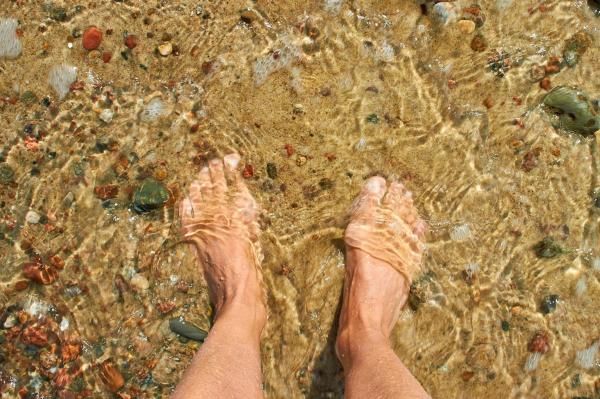
Benefits of Ecotherapy
Ecotherapy's benefits extend across physical, mental, and social dimensions of health. These benefits work together, creating a comprehensive approach to health improvement.
Physical health benefits:
- Our bodies love the outdoors. To begin with, being in nature lowers blood pressure. Just 30 minutes in a park can make a difference.
- Trees release compounds that boost our immune system, helping us fight off colds better.
- Getting outside also helps us sleep because morning sunlight tells our body when it's time to be awake and when to rest. Plus, all that natural light helps us make vitamin D, which keeps our mood up and our bones strong.
Mental health benefits:
- Nature immersion reduces cortisol levels 15-25% compared to urban environments, with effects appearing within 20-30 minutes.
- Green space access correlates with lower depression rates through increased serotonin and dopamine levels.
- Natural settings improve concentration by allowing directed attention recovery. In fact, studies show 20% better performance on attention tests after nature walks.
- Time outdoors enhances emotional processing and stress recovery through improved heart rate variability.
Social and personal growth
Finally, nature builds both individual strength and community connections. Learning outdoor skills develops confidence that carries into other areas of life. When we share nature experiences with others, we form deeper social bonds than typical indoor activities provide.
Want to see nature's impact on a larger scale? Explore how cities are transforming with green spaces.
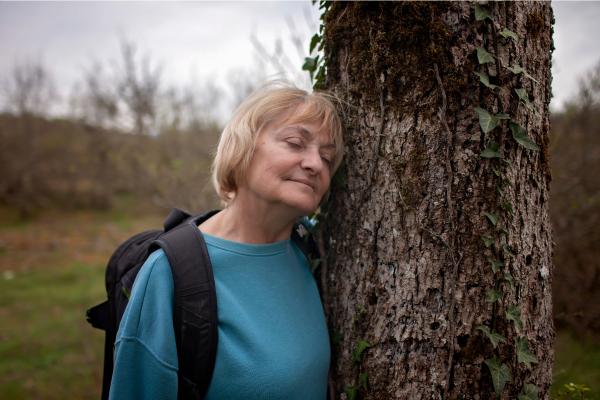
Ecotherapy techniques
Ecotherapy techniques help you build a connection with nature to improve mental health. These methods combine outdoor activities with structured therapeutic approaches. You can practice them in any natural setting - from city parks to remote wilderness.
These techniques work by engaging your senses and attention with natural environments. Research shows that regular nature contact reduces stress, improves mood, and increases mental focus. Each method targets different aspects of wellbeing through specific interactions with the outdoors.
The best part is that these techniques adapt to your schedule, location, and comfort level with outdoor activities. Most require no special equipment or training to start. Let us take a closer look:
Forest bathing:
Walk slowly through a wooded area. Notice the surrounding details, such as tree bark patterns, leaf movements, bird calls. Take deep breaths and feel the air temperature on your skin.
Spend 15 minutes to 2 hours in the forest. Research shows this reduces stress and improves immune function.
Gardening:
Start small with container plants or join a community garden. Focus on the sensory experience, such as soil texture, plant growth, seasonal changes.
The simple act of tending plants creates a sense of purpose and connection. Community gardens offer both growing space and social connections if you want to expand.
Nature meditation:
Find a quiet outdoor spot. Listen to natural sounds instead of using guided tracks.
Begin with 5-minute sessions to build your practice. Nature provides constant, gentle reminders to stay present, making meditation feel more natural and effective.
Outdoor exercise:
Move your regular workout outside:
- Walk or jog on trails
- Do yoga in parks
- Use logs or rocks for strength training
- Swim in lakes or oceans
Conservation work:
Join local environmental projects:
- Fix hiking trails
- Plant native species
- Clean beaches or rivers
- Build wildlife habitats
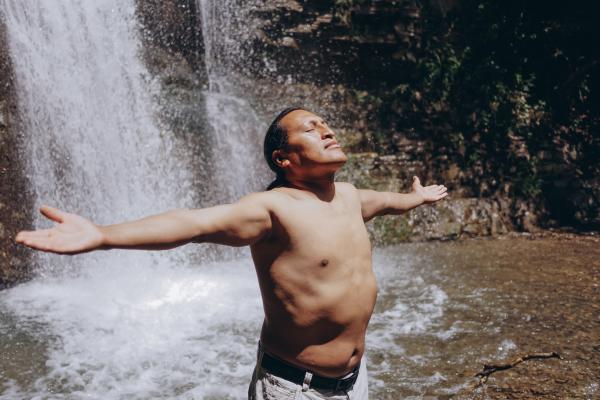
How to get started with Ecotherapy
Starting ecotherapy can feel as simple as stepping outside with intention. You don't need special equipment or extensive training, just a willingness to connect with natural spaces in a mindful way. Here are some tips to help you discover what works for you:
- Pick the method that fits your current life. If you have a nearby park, try forest bathing. Limited outdoor access? Start with windowsill gardening. Choose what feels natural and practical.
- Your practice location should take 15 minutes or less to reach. City parks, backyard gardens, or quiet neighborhoods work well. The best location is one you'll visit regularly.
- Begin with 10-15 minute sessions. This builds confidence and prevents overwhelm. Forest bathing might start as a short walk. Meditation could begin with three deep breaths outdoors.
- Note what affects your practice. Write down time of day, weather, and how you feel before and after. This helps you identify patterns and adjust your approach.
- Adapt to conditions. Rain might shift forest bathing to covered areas. Low energy days work well for seated nature meditation. Cold weather could move gardening indoors.
- Add techniques gradually. Try forest bathing twice-weekly, then add short meditation sessions. Each method supports the others. Regular practice deepens the benefits of all techniques.
Finally, keep in mind that consistency matters more than duration. Short, regular sessions create stronger benefits than occasional long ones. Want to master the art of mindful nature connection? Explore this traditional Japanese practice.
If you want to read similar articles to What Is Ecotherapy?, we recommend you visit our Health and science category.
- Park, B. J., Tsunetsugu, Y., Kasetani, T., Kagawa, T., & Miyazaki, Y. (2010). The physiological effects of Shinrin-yoku (taking in the forest atmosphere or forest bathing): Evidence from field experiments in 24 forests across Japan. Environmental Health and Preventive Medicine, 15(1), 18-26.
- White, M. P., Alcock, I., Grellier, J., Wheeler, B. W., Hartig, T., Warber, S. L., ... & Fleming, L. E. (2019). Spending at least 120 minutes a week in nature is associated with good health and wellbeing. Scientific Reports, 9(1), 1-11.
- Park, B. J., Tsunetsugu, Y., Kasetani, T., Kagawa, T., & Miyazaki, Y. (2010). The physiological effects of Shinrin-yoku (taking in the forest atmosphere or forest bathing): Evidence from field experiments in 24 forests across Japan. Environmental Health and Preventive Medicine, 15(1), 18-26.
- Bratman, G. N., Anderson, C. B., Berman, M. G., Cochran, B., De Vries, S., Flanders, J., ... & Daily, G. C. (2019). Nature and mental health: An ecosystem service perspective. Science Advances, 5(7), eaax0903.


